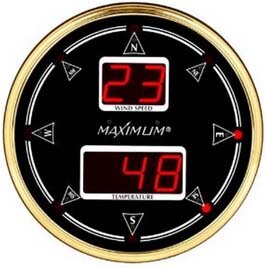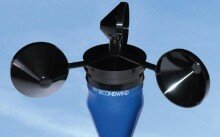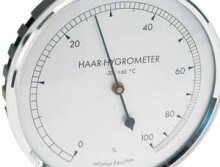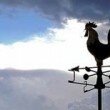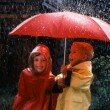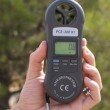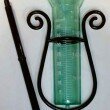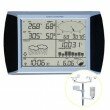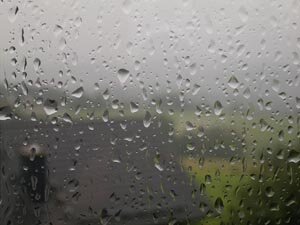 Rain gauges are indispensable in the study of weather phenomenon. Hydrologists as well as meteorologists use these instruments in order that they can analyze and measure the level of precipitation over a given time frame. Precipitation may be in the form of liquid, which is water rain, or solid, such as snow, hail or sleet. There are essentially two parts comprising a rain gauge, one where the precipitation is caught and the other, which measures the amount of precipitation taken.
Rain gauges are indispensable in the study of weather phenomenon. Hydrologists as well as meteorologists use these instruments in order that they can analyze and measure the level of precipitation over a given time frame. Precipitation may be in the form of liquid, which is water rain, or solid, such as snow, hail or sleet. There are essentially two parts comprising a rain gauge, one where the precipitation is caught and the other, which measures the amount of precipitation taken.
Rain gauges are of different types, the standard ran gauge, the weighing rain gauge and the tipping bucket rain gauge. Each type presents its respective advantages and disadvantages when utilized. To be effective, rain gauges should be located in isolated places where the effects of any structures like trees or buildings will be minimized or avoided.
When speaking of standard rain gauges, these refer to the use of a graduated cylinder with a funnel attached to it. The graduated cylinder is further placed into a bigger container that is capable of holding any excess pouring out of the said cylinder.
Weighing rain gauges make use of a pen, a rotating drum, and a storage bin. While the storage drum is being filled with whatever type of precipitation is being monitored, the pen located below the storage bin records the weight of the drum. This gauge is more accurate in its measurement as opposed to the tipping bucket rain gauges. Another feature of the weighing rain gauge is its capability to measure the amount or level of chemicals present in the atmosphere. The disadvantage of using this gauge is its cost, since acquiring this instrument can be quite expensive.
Tipping bucket rain gauge utilizes a big copper cylinder, a funnel, a couple of levers and a recorder consisting of a pen and a wheel. The levers are placed on equilibrium similar to a scale. When a definite amount of precipitation is reached, a lever tips emitting a signal to the recorder. The pen makes a motion, either up or down to record the lever movement and the amount of precipitation. Nowadays, this gauge has been updated with the use of a plastic container and a pivot.
Whatever rain gauge you decide to use, the important thing is achieving its purpose, which is to measure the amount of precipitation in any given time and in any given location.




